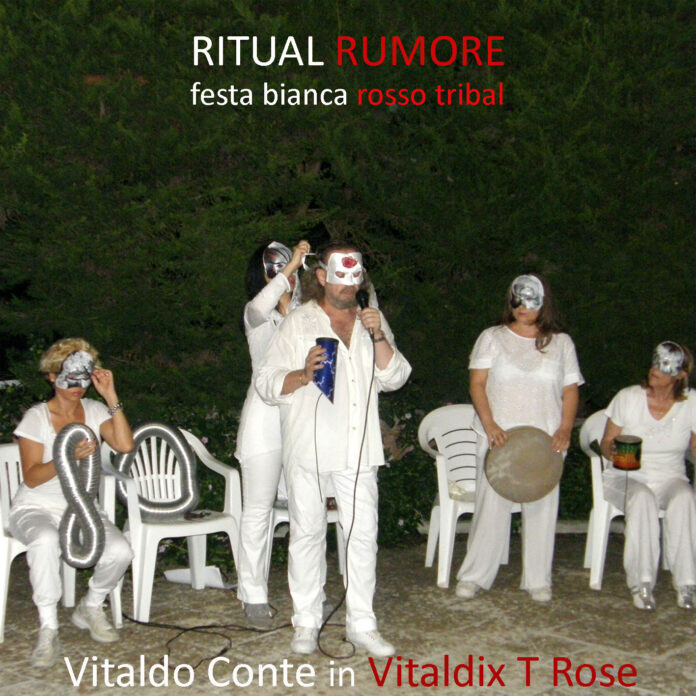The Pan flute is still a possible reminder for our natural resuscitation. The ultimate art of noises and bodies meets the “drive dimension”, the one in which, according to James Hillman, the ancient gods took refuge after their escape from the world.
The voice and the instruments become, through the ritual of noise, a drive music that runs through exorcisms and seductions to listen to the calls of origin. The noise of the instruments dialogues with the one spread by the voice and the sounds of the body, also seeking the buzz of the beyond. In these word-sound-noise “con-texts” the concepts of tradition coexist as origin and avant-garde, as pleasure of experimentation, floating in a continuum of references and suggestions that go beyond cataloging.
Even a voice, or environmental music-noise, can be “experienced” as white. This vocation is present in the new sounds that emerge from environmental musical instruments: such as those that seek the sounds “that live around” or the sounds made by nature itself. The sounds are interpreted by the emotions and instincts of the body voice. With their neo-tribal evocations, they can represent an emergency that “re-reads” musical experiments, but also mythical-shamanic traditions and suggestions. These expressions put together voices and sounds expressed by the new media with the event-live noise with ritual connotations. Water, stones, leaves, sand, wind, can express lyrical and natural instruments of “original” noise in improvised concerts that aspire to ritual action. I have called their players Dreamy Barbarians.
Ancient life “was all silence. In the nineteenth century, with the invention of machines, noise was born” writes Luigi Russolo in his futurist manifesto on The Art of Noises (1913). But in addition to the noises of the machines and of shouting crowds, we also find the possibilities offered by the innumerable noises of nature and life. Like those of the “mysterious rumble that comes from afar” of the thunder; the “low, human, threatening or pleading, sad or mocking” howl; the sharp and persistent hissing of the wind. We also find the magnificent orchestra of leaves in a wood, the wonderful variety of rhythms and timbres of the rain with its dripping. In nature, water represents the richest range of sounds: the grandiose symphonies of the sea in turmoil, the deep noise of waterfalls, the slight gurgling of a stream, etc.
White art naturally has its music in the noises of silence. This first and last sound with its own natural potential is sensitive to awakening in the meanings and senses indicating a beyond. It is like an echo that creates other echoes to the point of erasing every trace in the white noise: “It is a world so high (…) that we do not feel its sound. (…) This is why white strikes us as a great silence that seems absolute “(W. Kandinsky).
The moment of silence is also the crossing of an abyss, which several composers of the new music have looked out bringing with them the whiteness of the other arts. This borderline moment represents the extreme limit to which musical and non-musical creation can reach: to seek a return to the origin, before throwing oneself as an echo into the abyss itself, to discover that any distinction between the arts is superfluous. The con-fusion of the white work is the dream and the beyond of art itself, rejecting pre-established borders. It can be extended to the “off-page” to the white of silence that becomes the language of an essential, internal and “other” search, involving the real and the invisible.
I tried to play with the T Rose (L Baldieri, T Pertoso, etc.) the white noise in Salento through the Ritual Noise, dressed in white. Like at the III Festival of the “Bande a Sud” at the Marina di Casalabate (2014), where, at the end of the event, I threw a bottle containing a white poem into the sea.








